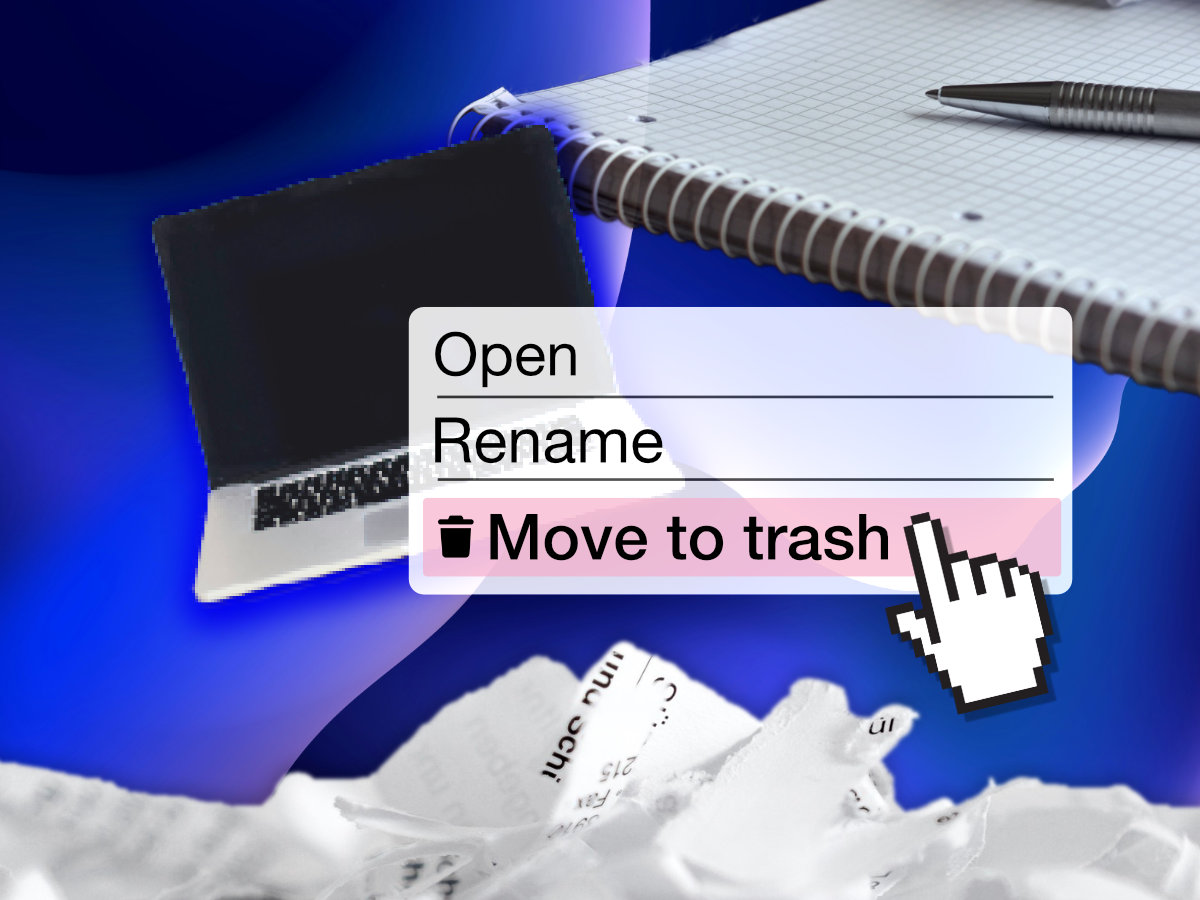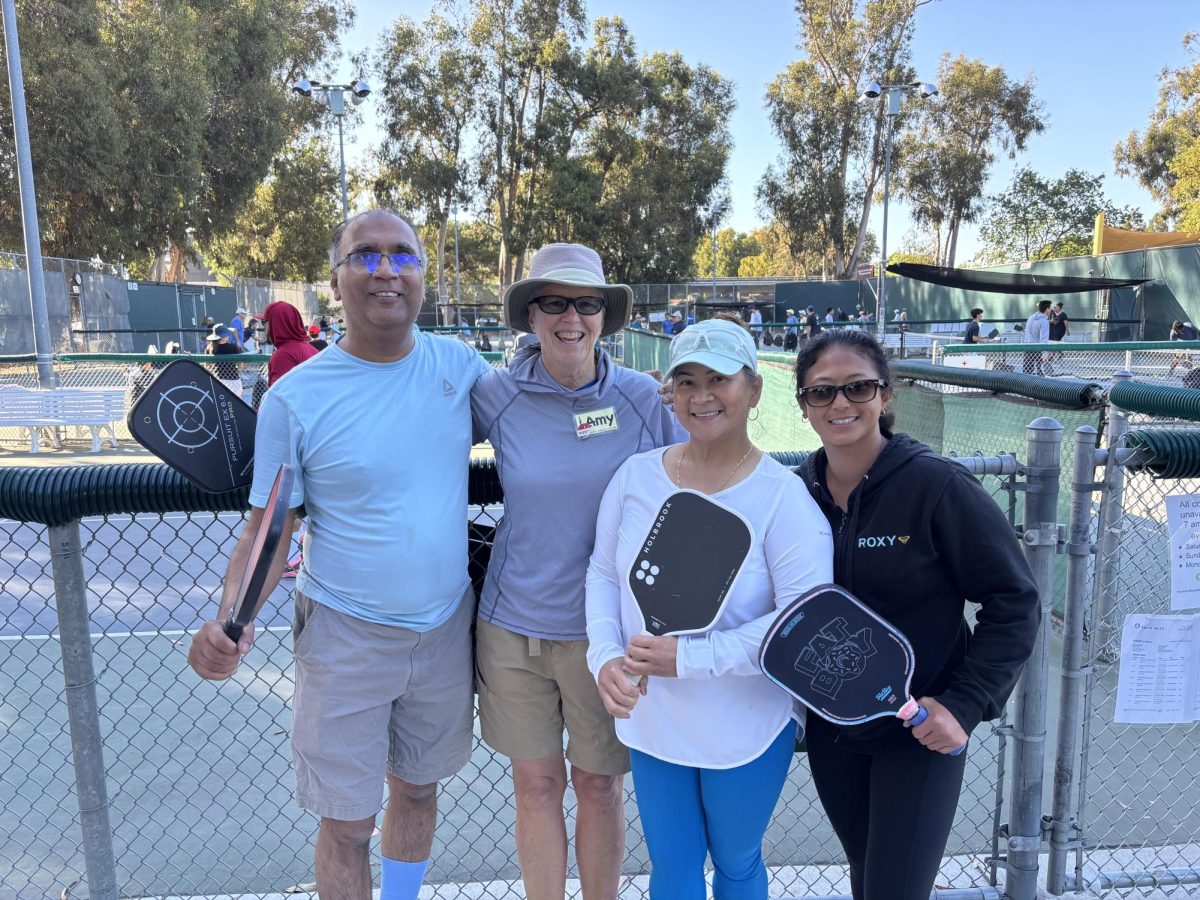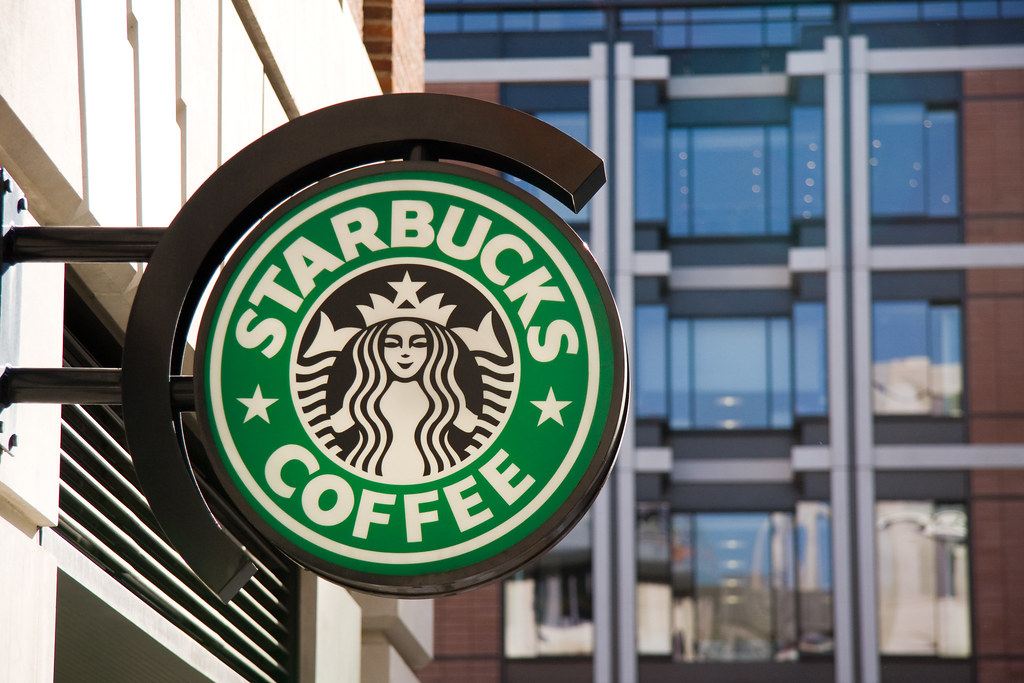Woodside World asked Woodside High School students about their social media habits and precautions they may or may not take to protect their image in this very public domain.
In an average day at Woodside High School, the great presence of social media in students’ lives is obvious. At every corner students are staring at iPhone screens, tapping through Snapchat stories, typing text messages, and scrolling through Instagram. Students are almost always plugged in, posting and checking whenever they have a spare moment.
As the use of various social media platforms has increased, issues have surfaced with the privacy of students’ accounts. Many teachers at WHS have claimed that they have seen student accounts and that the working world and college admission often look at social media to better profile an applicant. Students seem to post everything, usually without regard to who might see it and how it could affect them in the big picture.
“I’ve seen tons of my friends get into a lot of trouble with certain social media posts. Usually it happens when one person gets their phone checked by a parent and the parent sees a bad picture or text from another person”, comments junior Tori Schmidt, “Kids also just constantly talk about what their peers post, especially if it’s extra scandalous. It affects a lot of people’s reputations.”
Another common form of normalized false security on social media platforms are ‘private accounts’ or ‘finstas’. These are small accounts students make for only their close friends to see in addition to their main, public Instagram, usually with hundreds to thousands of followers.
“People use private accounts for posting stuff they don’t want showing out in the world unless it’s people they trust. I think a lot of it is about hiding stuff from adults”, reports sophomore Jeffrey Quiroz-Williams.
These secondary Instagram accounts are also known to be shared among students, whether or not they follow the account, through screenshots.
“I’ve seen my friends screenshot pictures of girls from their private accounts and send ‘em around,” says junior Humberto Villalobos.
Teachers have also warned students of the dangers and permanence of social media. They often mention that they have seen and are continually surprised by the content of students’ social media accounts.
“I follow all of my students on Instagram… I remember seeing a photo of an underage student drinking, and pulled her aside in class to tell her I saw it and to take it down… You never know what kind of haters are out there to catch you at the wrong moments. You really need to be careful on the internet,” says Advanced English teacher Lisa Prodromo.
Guidance counselors at WHS have also mentioned the potential effects of social media in the workplace and when applying for college.
“I can tell you from a professional standpoint, businesses will look at social media. Any provocative material that cannot be used on a business platform will be held against you,” says Head Guidance Counselor Francisco Negri, “It speaks to who you are. If I were in college admissions, I’d probably look at an applicant’s social media before an interview.”
Teachers also wants students to recognize that a negative action on social media can get you into trouble at school.
“Sometimes I’ll hear something through the grapevine, and then see it somewhere online. It incriminates the student and is confirmation that could get them in real trouble. When you send or post something, it definitely doesn’t stay between you and your desired audience. I’ve seen a ton of bad stuff students have put up,” says Health Aid Heidi Klaide.





